Your Minecraft world freezes. Again. That beautiful castle you spent weeks building? It’s a slideshow. Your automated farm? More like an automated lag machine. And don’t even mention what happens when you load new chunks.
Here’s what nobody tells you: Minecraft’s lag isn’t just one problem, it’s a perfect storm of technical debt. A game engine from 2009 trying to handle modern expectations, Java’s memory management fighting your hardware, and millions of calculations happening where you can’t see them.
Minecraft Lag Analyzer
Understanding your performance bottlenecks
Why Minecraft Lags So Much
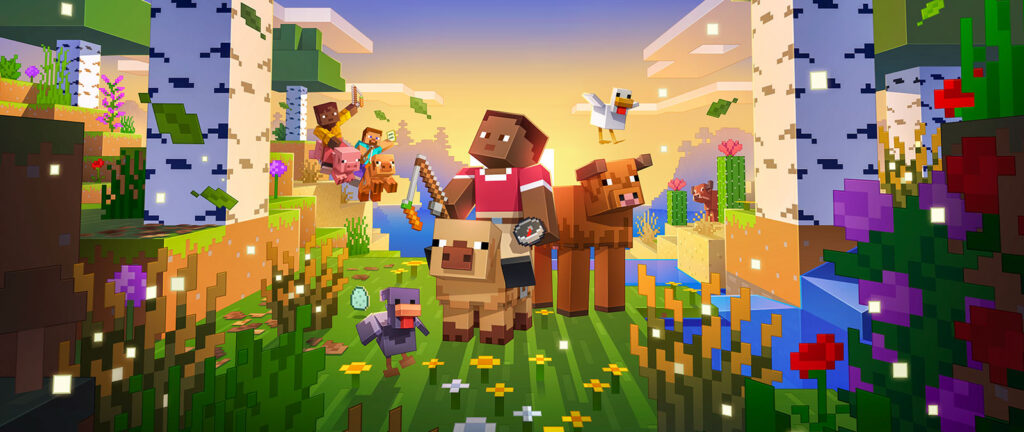
Minecraft’s lag stems from a fundamental mismatch between its 2009 architecture and modern gaming expectations. Built in Java (a language not designed for games), it runs everything on a single CPU thread while trying to simulate an infinite world with millions of blocks.
Every tick (1/20th of a second), Minecraft must update every loaded entity, check thousands of blocks for updates, calculate lighting for modified chunks, and process player inputs. When this takes longer than 50 milliseconds, you experience lag. It’s like asking a single cashier to handle Black Friday rush hour.
Quick Fix Checklist
- Reduce render distance to 8 +30%
- Turn off smooth lighting +15%
- Set graphics to Fast +20%
- Disable particles +10%
- Install Sodium mod +150%
- Allocate proper RAM Stable
- Clear entity buildup +TPS
Client FPS Lag
Your computer can’t render frames fast enough
How to identify: Press F3. If FPS (top left) is below 30, you have client lag. The game looks choppy but blocks break normally.
Instant Fixes (30 seconds):
- Emergency mode: Press F3 + A to reload chunks (clears render cache)
- Close everything: Chrome uses 2GB+ RAM that Minecraft needs
- Fullscreen mode: Press F11 for exclusive GPU access
Why these work:
- Render distance: Each chunk increase = exponentially more blocks to process
- Smooth lighting: Calculates gradients for every visible block face
- Biome blend: At 15×15, checks 225 blocks per grass block!
Server TPS Lag
The world itself is running slowly
How to identify: Type /tps (needs permissions). Below 20 = lag. Or blocks reappear after breaking, mobs move slowly, eating takes forever.
Emergency Fixes:
Common Culprits:
- Villagers: Since 1.14, each villager runs complex AI 20 times/second
- Hoppers: Check 5 slots every tick = massive overhead
- Redstone clocks: Each state change cascades updates to neighbors
- Item frames: Rendered as entities, not blocks (200 can crash servers)
Instant Performance Fixes (Under 5 Minutes)
These changes provide immediate relief without mods or complex configuration. Apply them in order for maximum impact.
Render Distance Impact
15 FPS average
75 FPS average
The Biome Blend Trap
One setting that destroys performance
Biome Blend is Minecraft’s most deceptive setting. At maximum (15×15), it checks 225 blocks for every single grass block to create smooth color transitions. On a plains biome, that’s millions of calculations per frame.
The math:
- OFF: 0 checks per grass block
- 5×5: 25 checks per grass block
- 15×15: 225 checks per grass block
Impact: Setting to OFF can increase FPS by 20-40% in grassy areas. The visual difference? Slightly sharper color transitions at biome borders that you’ll never notice during gameplay.
RAM Allocation Sweet Spot
More isn’t always better
Java’s garbage collection creates stutters when you allocate too much RAM. The sweet spot depends on your usage:
No GC stutters
Complex packs
Never Exceed 12GB
Entity Management in Minecraft
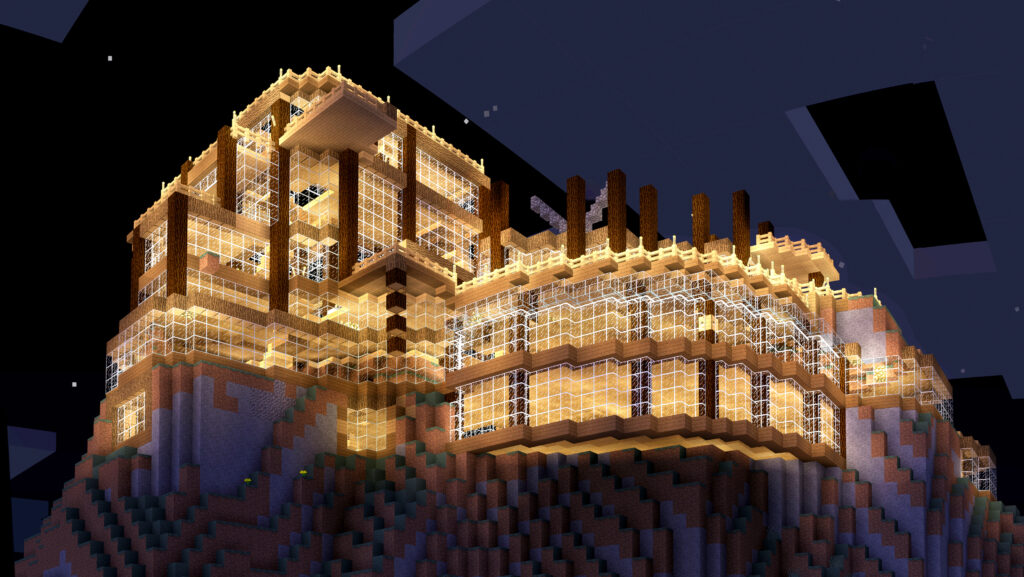
Entities consume more resources than any other game element. A single villager uses more processing power than 10,000 static blocks. Understanding entity mechanics is crucial for maintaining performance.
Entity Lag Hierarchy
Not all mobs are created equal
| Entity Type | Performance Cost | Safe Limit |
|---|---|---|
| Villagers | Extreme | 30 per area |
| Item Frames (with maps) | Extreme | 50 per area |
| Zombies (targeting villagers) | High | 100 per area |
| Armor Stands | Medium | 200 per area |
| Passive Mobs | Low | 300 per area |
| Dropped Items | Very Low | 1000 (5 min despawn) |
Why Villagers Destroy Performance:
- Constant pathfinding to beds and workstations
- Complex trading AI and inventory management
- Social interactions with other villagers
- Iron golem spawning checks
- Panic behavior calculations
Minecraft Performance Mods That Actually Work
The Minecraft community has created performance mods that often outperform years of official optimizations. These are the essential ones that provide real, measurable improvements.
The Sodium Suite (Fabric)
Modern rendering from scratch
Sodium completely rewrites Minecraft’s rendering engine, providing the single largest FPS boost available. Combined with its companion mods, it creates the ultimate performance setup.
Sodium Performance Impact
Stuttering common
Smooth gameplay
Essential Companion Mods:
- Lithium: Optimizes game physics and AI (45% faster tick processing)
- Starlight: Rewrites light engine (20x faster light updates)
- LazyDFU: Speeds up game startup by 4-8x
- FerriteCore: Reduces RAM usage by 40%
- Entity Culling: Hides entities you can’t see (+50% FPS in farms)
OptiFine vs Modern Alternatives
The old king faces new challengers
| Feature | OptiFine | Sodium + Iris |
|---|---|---|
| FPS Boost | 50-100% | 150-300% |
| Shader Support | Built-in | Via Iris |
| Mod Compatibility | Often breaks | Excellent |
| Update Speed | Weeks/Months | Days |
| Open Source | No | Yes |
Verdict: For pure performance, Sodium + companions significantly outperform OptiFine. OptiFine remains easier for beginners and has built-in shader support.
Server-Side Optimization

Server lag affects everyone equally. These optimizations focus on maintaining 20 TPS even with multiple players and complex automation.
Paper vs Vanilla Performance
Why vanilla servers struggle
Vanilla Minecraft server software is notoriously inefficient. Paper (and forks like Purpur) provide massive performance improvements through thousands of optimizations.
Constant lag spikes
Smooth performance
Key Optimizations:
- Async chunk loading and saving
- Entity activation range (mobs freeze when far from players)
- Optimized redstone algorithms
- Configurable spawn rates and mob caps
- Per-player mob spawning
Common Server Mistakes
- View distance too high: Each increase exponentially adds chunks. Keep at 8 or lower.
- No entity limits: One player’s 500-cow farm can crash the server
- Spawn chunks overloaded: Never build farms in spawn chunks
- No pre-generation: Exploring new terrain causes massive lag spikes
Advanced Minecraft Optimization Techniques
For those who want to squeeze every last drop of performance, these advanced techniques address the deepest technical issues.
JVM Tuning for Minecraft
Optimizing Java itself
Minecraft runs on Java, which wasn’t designed for real-time applications. Proper JVM arguments can significantly reduce stuttering and improve frame times.
What these do:
- G1GC: Modern garbage collector designed for low latency
- ParallelRefProcEnabled: Uses multiple threads for reference processing
- MaxGCPauseMillis: Targets 200ms max pause (prevents freezing)
- AlwaysPreTouch: Pre-allocates memory to prevent runtime allocation
Want Automatic PC Optimization?
Hone optimizes your entire system for gaming with one click
Download Hone FreeThe Complete Lag-Free Setup
Combining all optimizations creates a dramatically better Minecraft experience. Here’s your complete checklist for maximum performance:
Client-side essentials: Install Sodium + Lithium + Starlight, reduce render distance to 8-12, disable smooth lighting and particles, turn off biome blend completely, allocate appropriate RAM (never exceed 12GB).
Server-side essentials: Use Paper or forks instead of vanilla, pre-generate your world, limit entities per chunk, optimize villager setups, configure proper view-distance.
Advanced optimizations: Apply Aikar’s JVM flags, use server-side plugins for farm limiting, implement proper chunk loading for farms, monitor performance with Spark profiler.
The difference between laggy and smooth Minecraft isn’t luck or expensive hardware. With these optimizations, even modest systems can run Minecraft beautifully without having the game lagging on PC, Xbox, or anywhere else.
Frequently Asked Questions
Why is Minecraft so laggy compared to other games?
Minecraft runs on Java, which wasn’t designed for real-time gaming, and uses mostly single-threaded processing. The game must calculate millions of blocks, entity AI, lighting, and physics every tick (20 times per second). Modern games use optimized C++ engines with multi-threading, while Minecraft’s 2009 architecture struggles with today’s expectations.
What’s the fastest way to improve Minecraft FPS?
Install Sodium mod (200%+ FPS boost), reduce render distance to 8 chunks, turn off smooth lighting, set graphics to Fast, disable biome blend completely. These five changes take under 5 minutes and typically double or triple FPS. For servers, switch from vanilla to Paper for instant TPS improvements.
How much RAM should I allocate to Minecraft?
Vanilla: 2-4GB. Light mods (under 50): 4-6GB. Heavy modpacks: 8-10GB. Never exceed 12GB as Java’s garbage collection causes severe stuttering with too much RAM. Use -Xmx and -Xms with the same value to prevent allocation stutters. More RAM isn’t always better.
Why do villagers cause so much lag?
Since the 1.14 update, villagers run complex AI that constantly pathfinds to beds and workstations, checks for iron golem spawning, manages inventory and trades, and interacts with other villagers. Each villager makes these calculations 20 times per second. Limit to 30 per area and keep them in 1×1 cells to prevent pathfinding.
Is OptiFine or Sodium better for performance?
Sodium provides 150-300% FPS improvement versus OptiFine’s 50-100%. Sodium has better mod compatibility and updates faster. However, OptiFine includes built-in shader support and zoom. For pure performance, use Sodium + Lithium + Starlight. For convenience, OptiFine remains viable.
What causes blocks to reappear after breaking them?
This is server-side lag (low TPS). The server can’t process block breaks fast enough, so it reverts the change. Common causes: too many entities, complex redstone, large farms, or insufficient server resources. Type /tps to check. Below 20 TPS causes this issue. Clear entities and reduce automation complexity.
Why does Minecraft lag with good specs?
Minecraft is CPU-bound and single-threaded. Your expensive GPU sits idle while one CPU core handles everything. Also: too much RAM allocated (causes GC stutters), background programs consuming resources, thermal throttling, or server-side lag that affects everyone regardless of hardware.
What’s the most important setting for reducing lag?
Render distance has the biggest impact. Each chunk increase exponentially adds more blocks to process. Reducing from 16 to 8 chunks can double FPS. After that, biome blend (set to OFF) and smooth lighting provide the most gains. Entity distance also helps in mob-heavy areas.
Can texture packs cause lag?
Yes, high-resolution texture packs (128x or higher) significantly impact performance, especially with limited VRAM. They increase memory usage and texture loading times. Connected textures and custom animations make it worse. Stick to 16x or 32x packs for performance, 64x maximum on good systems.
How do I know if it’s client or server lag?
Press F3. If FPS (top left) is low, it’s client lag. For server lag, type /tps – below 20 means server lag. Client lag: game looks choppy but blocks break normally. Server lag: smooth visuals but blocks reappear, mobs move slowly, chat delays. Network lag shows high ping (Tab key).
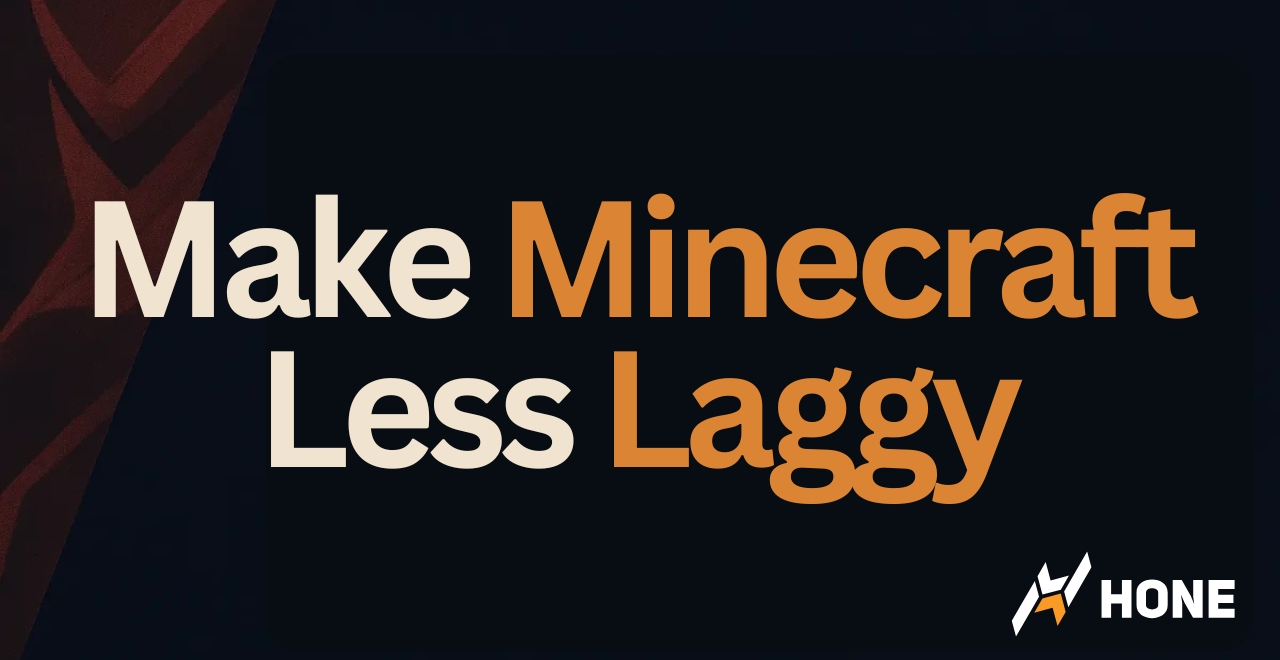


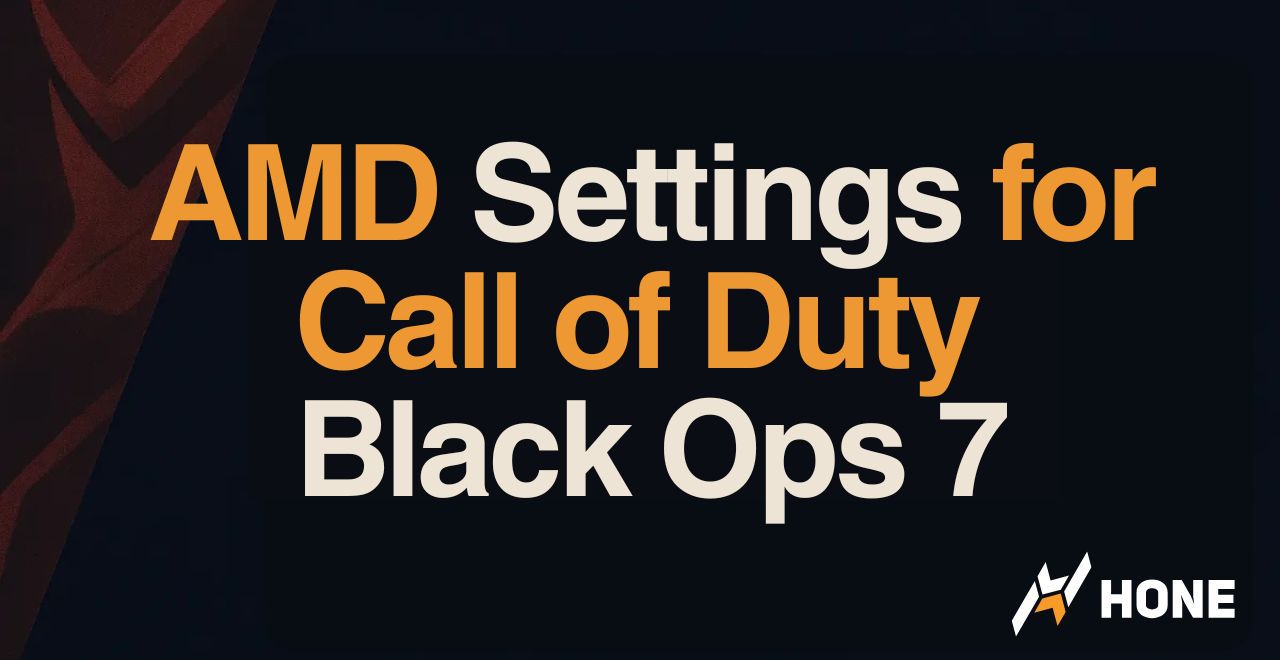
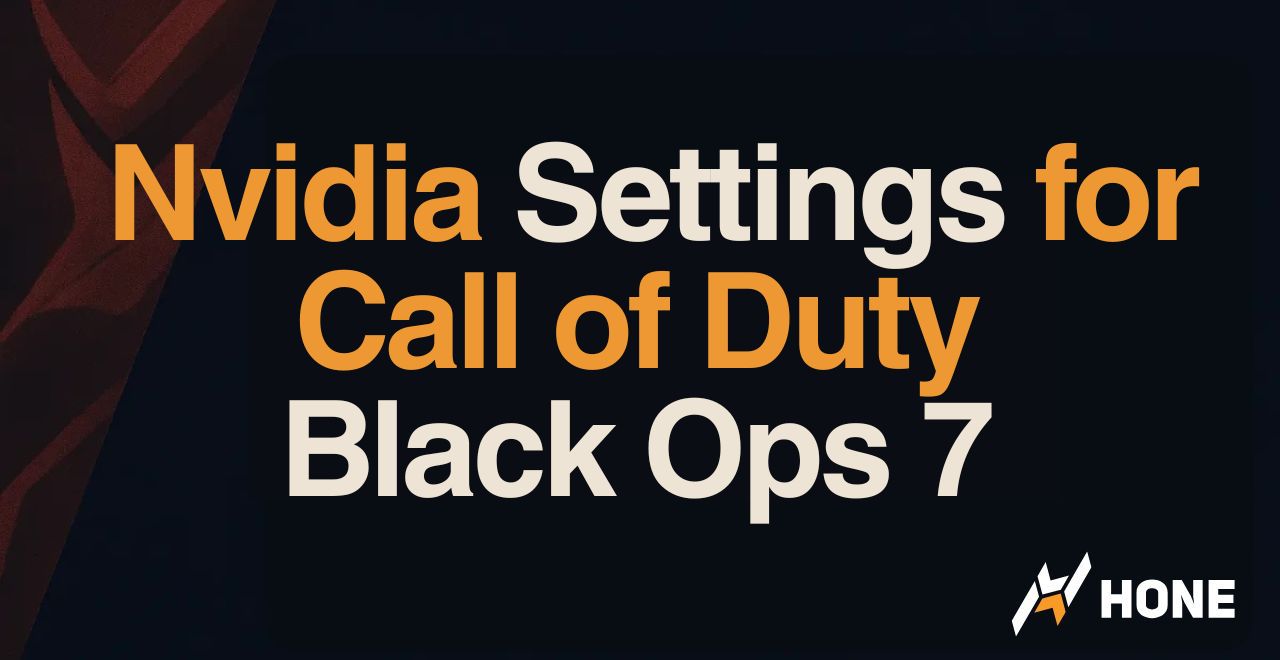
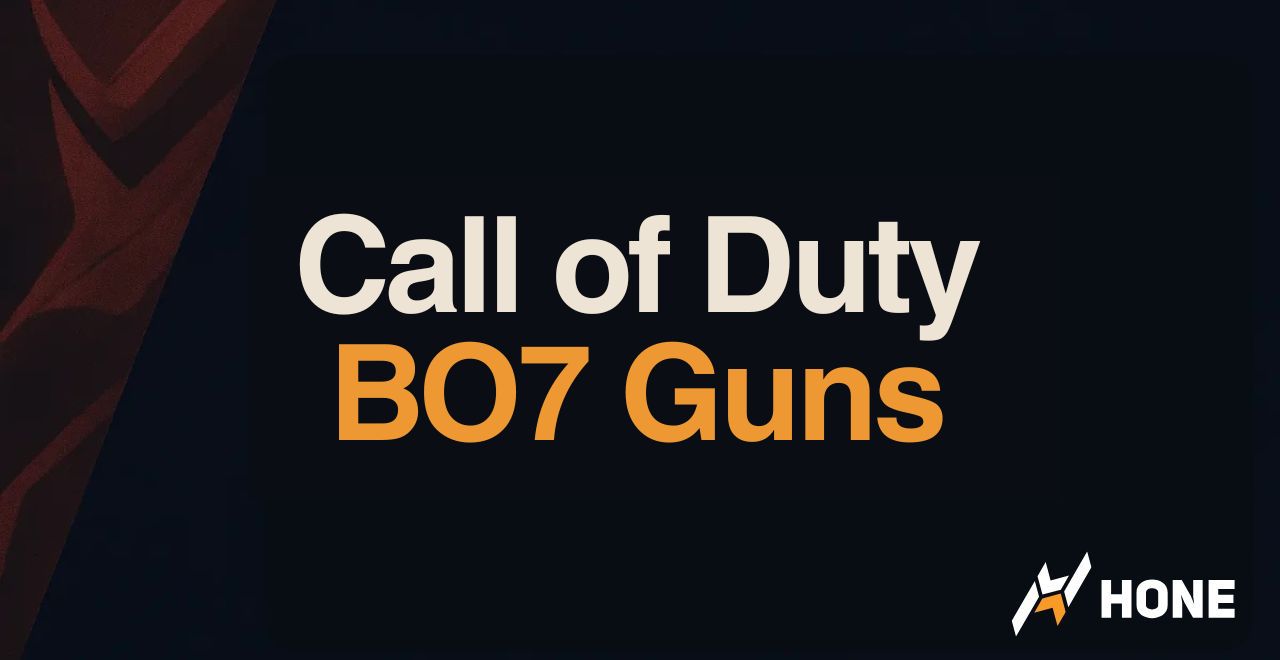
 Discord
Discord
 Instagram
Instagram
 Youtube
Youtube
 TikTok
TikTok